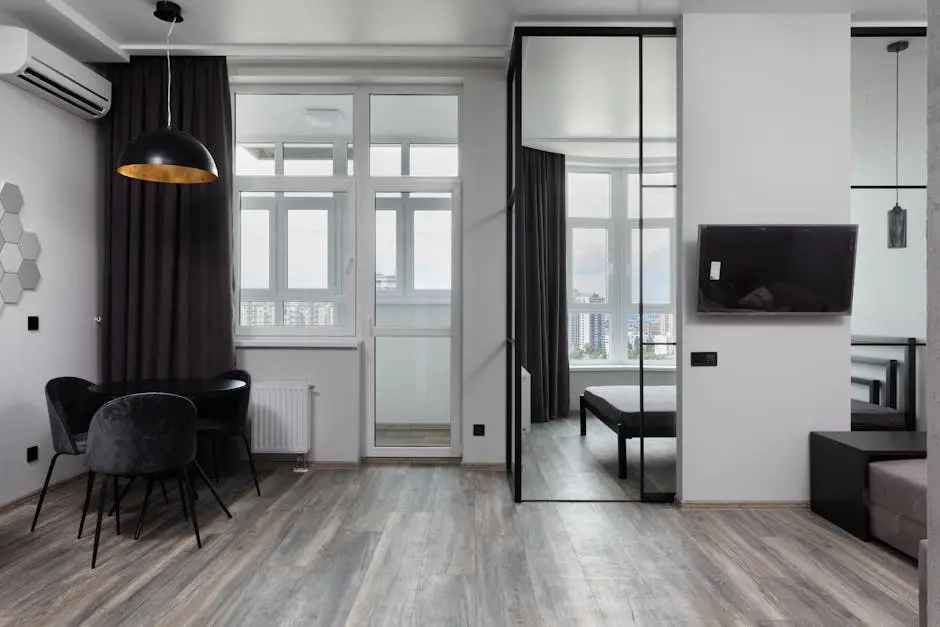Assess the Scope of the Project
When considering whether to install an air conditioning unit yourself, it’s essential to assess the scope of the project. This assessment involves understanding the complexity of the installation process, the type of air conditioning unit you have, and your own comfort level with DIY projects related to air conditioning.
A crucial aspect of assessing the project is to determine if you have the necessary skills and knowledge to complete the installation safely and effectively. If you are unsure about any aspect of the installation process, it might be best to seek the assistance of a professional to avoid any costly mistakes.
Before embarking on a DIY air conditioning installation project, take the time to evaluate your own capabilities and resources. Consider factors such as the time required, the potential risks involved, and the overall complexity of the task. This evaluation will help you make an informed decision about whether you should proceed with the installation yourself.
Obtain the Necessary Permits and Tools
One of the critical steps in installing an air conditioning unit is obtaining the necessary permits and tools. Before starting the installation process, it’s essential to check local regulations and get any required permits to ensure compliance with building codes and safety standards.
In addition to permits, having the right tools for the job is vital for a successful air conditioning installation. From ductwork tools to electrical equipment, make sure you have everything you need before getting started. This preparation will help streamline the installation process and avoid unnecessary delays.
Don’t underestimate the importance of having the correct tools and permits for the job. Without the proper equipment and authorization, you may encounter hurdles and complications that could jeopardize the success and safety of your air conditioning unit installation.
Ensuring you have the necessary permits and tools shows that you are committed to completing the installation correctly and responsibly. It demonstrates your dedication to following the proper procedures and guidelines to achieve a safe and efficient air conditioning system.
Follow Manufacturer Instructions Carefully
To install an air conditioning unit successfully, it’s crucial to follow the manufacturer’s instructions carefully. These instructions provide valuable guidance on how to assemble and install the unit correctly, ensuring optimal performance and longevity.
Manufacturers’ instructions often include step-by-step procedures, safety precautions, and wiring diagrams that are essential for a seamless installation process. By adhering to these instructions, you can avoid costly mistakes and ensure that your air conditioning unit operates efficiently.
Deviate from the manufacturer’s instructions can result in improper installation, leading to performance issues or even safety hazards. Take the time to read and understand the instructions thoroughly before proceeding with the installation to guarantee a successful outcome.
Ensure Proper Electrical Connections and Refrigerant Handling
Proper electrical connections and refrigerant handling are critical aspects of air conditioning installation that require careful attention. Incorrect electrical wiring or mishandling of refrigerant can pose serious risks, including electrical malfunctions and environmental harm.
When working on electrical connections, always turn off the power supply to prevent accidents. Follow wiring diagrams meticulously to ensure each connection is secure and properly insulated. Likewise, when handling refrigerant, adhere to safety protocols to protect yourself and the environment.
The significance of ensuring proper electrical and refrigerant practices cannot be overstated. It is essential to prioritize safety and compliance with regulations to prevent any potential hazards during and after the installation process.
By focusing on the proper handling of electrical connections and refrigerant, you demonstrate a commitment to safety and responsible installation practices. These precautions not only safeguard your well-being but also contribute to the efficient and sustainable operation of your air conditioning unit.
Final Thoughts
In conclusion, while installing an air conditioning unit yourself may seem like a cost-effective option, it is a complex task that requires knowledge, experience, and the right tools. It is recommended to hire a professional for safe and efficient installation.
